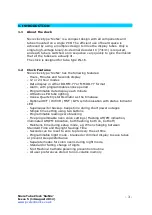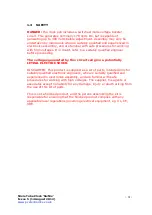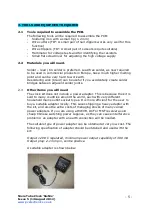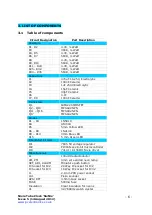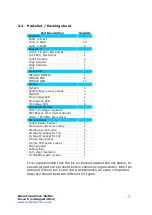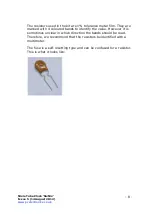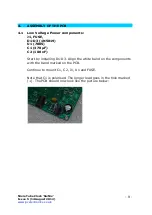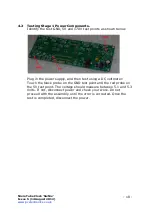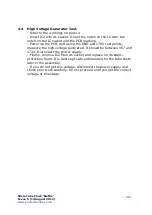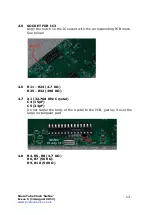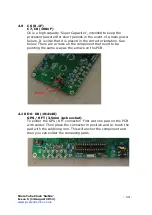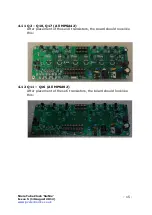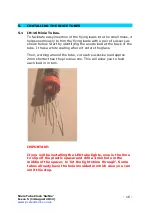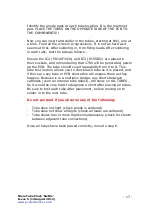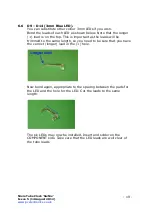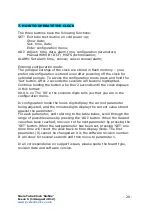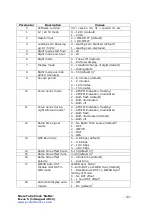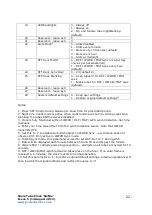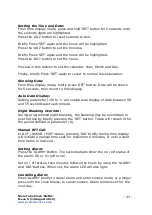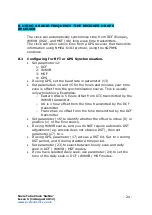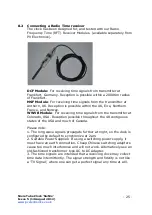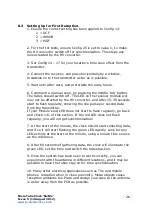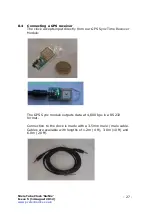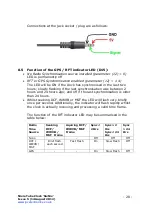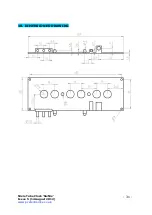
Nixie Tube Clock ‘SixNix’
Issue 5 (14 August 2012)
www.pvelectronics.co.uk
- 17 -
Identify the anode pads at each tube location. It is the rearmost
pad. PLACE THE TUBES ON THE OPPOSITE SIDE OF THE PCB TO
THE COMPONENTS!!
Now you can insert and solder in the tubes, starting at NX1, one at
a time. Feed all the wires in progressively. It is not as hard as it
seems at first. After soldering in, trim flying leads. After soldering
in each tube, test the tube as follows:
Ensure the IC2 (PIC16F193x) and IC3 (K155ID1) are placed in
their sockets, and remembering that 170V will be generated, power
up the PCB. The tube should count repeatedly from 0 to 9. This
tube test routine allows you to check each tube as it is placed, and
if there are any tube or PCB shorts this will expose them as they
happen. Because is is a multiplex design, any shorts between
cathodes (even an internal tube defect), will show on ALL TUBES.
So it would be very hard to diagnose a short after placing all tubes.
Be sure to test each tube after placement, before moving on to
solder in to the next tube.
Do not proceed if you observe any of the following:
-
Tube does not light (check anode is soldered)
-
Tube does not show all digits (check all leads are soldered)
-
Tube shows one or more digits simultaneously (check for shorts
between adjacent tube connections)
Once all tubes have been placed correctly, move to step 6.

